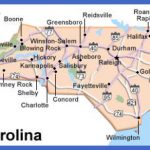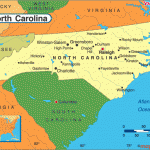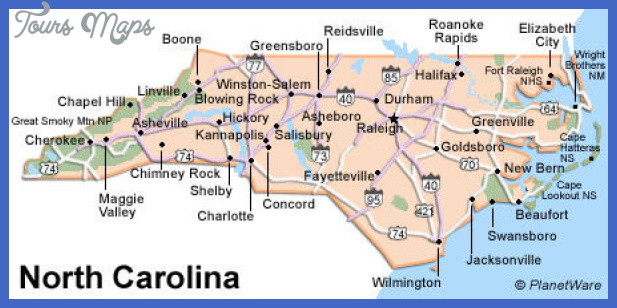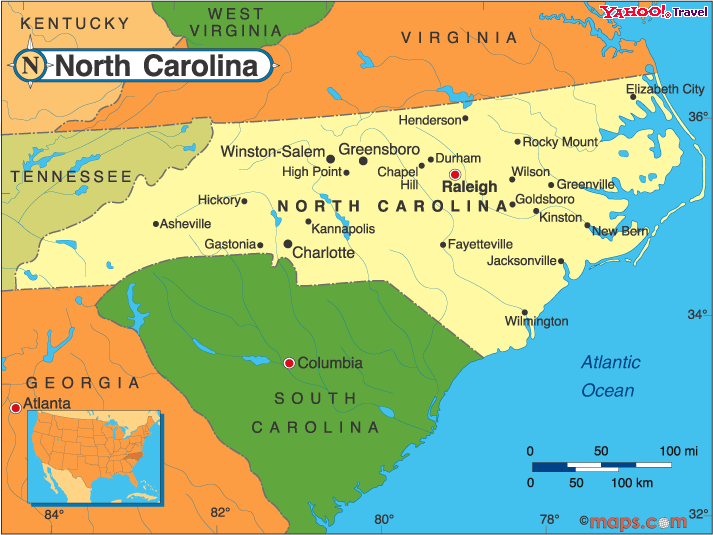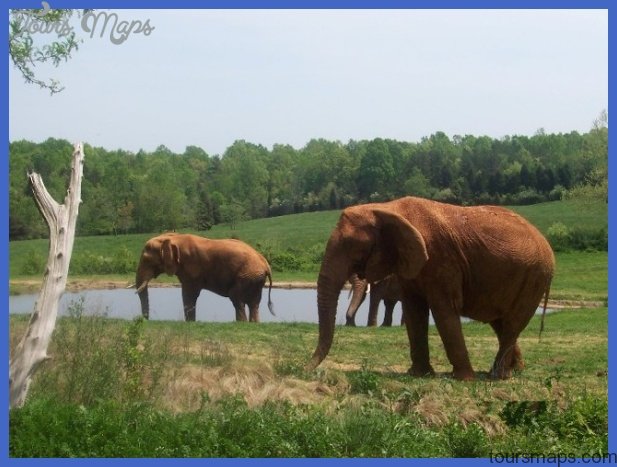North Carolina notable latinos
Niggli, Josefina Maria (1910-1983). Josefina Maria Niggli, a popular playwright and author, was born in Monterrey, Mexico. The Mexican Revolution prompted her family to send her to San Antonio, Texas, when she was just 3 years old. Her formative years were spent between the two cities.
Niggli’s North Carolina connection began in 1935, when she joined the graduate program called the Carolina Playmakers at the University of North Carolina at Chapel Hill. After she finished the program in 1938, she joined the faculty of that university and published her collection Mexican Folk Plays in 1945. Niggli split much of her professional career between her native Mexico and her newfound home of North Carolina. In 1956 she joined the faculty of Western Carolina University to teach English and drama; she remained a member of the faculty for 20 years. In addition to a series of plays, Niggli also wrote three novels: Mexican Village (1945), which was produced into a Hollywood film called Sombrero (1953); Step Down Elder Brother (1947); and A Miracle for Mexico (1964). Niggli was a member of the Dramatists Guild and the Photographic Society of America, in addition to serving as the president of the Business and Professional Women’s Club in Sylva, North Carolina.
Herrera, John (unknown). John Herrera is a community activist and a member of the Board of Aldermen for Carrboro, North Carolina. He was born in Costa Rica and first arrived in the United States in 1983, when he received a scholarship to attend the University of Delaware. Herrera and his wife, Karen Current, moved to North Carolina in 1992 to pursue master’s degrees. Herrera received his MA in community development from North Carolina State University.
Herrera’s election as alderman in 2001 made him North Carolina’s first elected Latino official. In 2006 he began a movement to allow legal, permanent residents who are not yet citizens to vote in municipal elections. Herrera is also noted for playing a prominent role in the establishment of the Fiesta del Pueblo, the state’s largest celebration of Latino culture. But Herrera’s most important contribution to the state as a whole and the Latino population in particular is perhaps the creation of the Cooperativa Comuni-taria Latina de Credito, or the Latino Community Credit Union (LCCU). This was the first financial center in the state to focus on Latinos. The LCCU aims to provide a safe place for Latinos to save their money while earning interest; this also reduces their vulnerability to home burglaries and violent robberies. Herrera’s work in the North Carolina Latino community has helped to elevate the population’s status, economically and socially.
Moraloza, Victor Raul (unknown). Victor Moraloza is a Mexican-born sculptor who resides in Franklin. A Vietnam veteran, Moraloza began creating art in the 1990s, after he endured a long and painful recovery from shrapnel wounds he suffered in Vietnam. Moraloza works primarily with copper, and his artwork consists of mini-installations
with painstaking detail. In addition to being an accomplished artist, Moraloza is also a decorated veteran. He received about a dozen medals during his military career, including two Purple Hearts and a Bronze Star. Moraloza remains active in his community, donating his artwork to local charities and serving as a mentor for high school art students.
Martinez, Nolo (unknown). Nolo Martinez was named North Carolina’s first director of Hispanic/Latino affairs by Governor James B. Hunt Jr. in 1998. Martinez served two terms, the last of which ended in 2004. He currently serves as director of the Center for New North Carolinians, which was established by the Board of Governors of the University of North Carolina in 2001. Martinez has published widely on various issues relating the Latino population in North Carolina, including health care disparities and the benefits of ESL education.
Camacho Maas, Aura (1962-). Community activist Aura Camacho Maas was born in Bogota, Colombia, and migrated to the United States in 1981. She arrived in North Carolina with her husband in 1984 and became involved with the local Latino population soon thereafter. Camacho Maas is one of the state’s pioneers in building bridges between the Latino and other North Carolina communities. In 1991 she founded the Latin American Research Center (LARC), whose goals are to restore humanization within the educational process and . . . to create and implement K-12 classroom strategies for inclusiveness and academic proficiency and professional development for cultural competence.22 Camacho Maas has worked to broaden opportunities for the Latino population as well as to increase awareness about the challenges facing the Latino community. She has allowed her Latino background, migration to the United States, and other life experiences to transform her perspective into a global worldview that sees less and less of the traditional boundaries.23
Bazan Manson, Andrea (1967-). Lobbyist Andrea Bazan Manson was born in Boston, grew up in Argentina, and attended high school and college in New Orleans. She holds two MAs, one in social work and another in public health, from the University of North Carolina at Chapel Hill. She is North Carolina’s first Latina lobbyist to the General Assembly, and she has also lobbied at the national level.
Bazan Manson served as the first executive director of El Pueblo, a statewide advocacy and public policy organization based in Raleigh, North Carolina. She is also the president of the Triangle Community Foundation, a local nonprofit organization that connects philanthropic resources with community needs.24 Additionally, Bazan Manson is vicechair of the Board of Directors of the National Council of La Raza, based in Washington, DC, and the National Immigration Law Center based in Los Angeles, California. She also sits on the boards of the John Rex Endowment and Wachovia Bank in Raleigh. She holds two appointments by Governor Michael Easley Jr., one at the North Carolina Medical Care Commission and the other at the North Carolina Institute of Medicine. Bazan Manson raises public awareness about the Latino population through frequent speaking engagements at the local and national levels. She has been a pioneer in advocating for the growing Latino population in North Carolina, opening doors for the community throughout the state.
Diaz, Albert (unknown). Governor Michael Easley Jr. named Albert Diaz a superior court judge in 2002, making him the state’s first Latino judge to serve on that court. Before his appointment, Diaz worked as a lawyer with the Charlotte-based firm, Hunton & Williams. Diaz is a member of the Hispanic National Bar Association and a charter member of the Hispanic Latino Lawyers Committee of the North Carolina Bar Association. With the Hispanic Latino Lawyers Committee, he helped establish a network of Spanish-speaking lawyers throughout North Carolina in an effort to better meet the legal needs of the Latino population.
Lazo-Chadderton, Matty (unknown). Matty Lazo-Chadderton was born in Peru, where she worked as an educator. She later moved to the Dominican Republic and ran an art gallery. After learning that her son, David, had autism, she and her family moved to North Carolina so that he could receive proper care and treatment. Lazo-Chadderton has since become a prominent figure at the state level. In 2004 Governor Michael Easley Jr. named Lazo-Chadderton director of Hispanic/Latino Affairs, making her the second director in that position’s history, and the first woman to hold the title. Governor Easley also appointed Lazo-Chadderton to the North Carolina Council on Developmental Abilities in 2000. She is a member of the Hispanic Democrats of North Carolina, having served as its treasurer. In 2004 Lazo-Chadderton was named a delegate to the Democratic National Convention from North Carolina. She has used her influence to raise community awareness, worked toward eliminating stigmas about disabilities, helped raise awareness about North Carolina’s Latino population, and worked with state politicians to better meet the needs of the community.
Quintana, Sergio (1974-). Though he calls Las Vegas, New Mexico, his hometown, North Carolina now claims journalist Sergio Quintana as one of her own. Quintana moved to North Carolina in 2005 as a television news reporter with NBC-17. Quintana is a two-time Golden Mic Award-winning journalist. He worked in both Albuquerque and Los Angeles before moving to Raleigh to join the NBC news team. In 2006 he hosted the Diamante Awards, a local Latino Community Image Awards show.
Quintana’s ancestors are originally from Spain, and they helped settle what became Mexico and then later the United States through the Treaty of Guadalupe Hidalgo. The span of his heritage illustrates the complexities of the U.S. Latino population, debunking the myth of a monolithic identity. Quintana uses his interaction with other journalists to raise awareness about the many textures of the Latino community and to tear down destructive stereotypes.
Quintana’s high profile position at NBC-17 opens an important space for the new and rapidly growing Latino population. His fluency in both English and Spanish also facilitates a more authentic journalistic interaction with this important part of North Carolina society.
North Carolina Map Tourist Attractions Photo Gallery
Maybe You Like Them Too
- Explore Góra Kalwaria, Poland with this detailed map
- Explore Gumdag, Turkmenistan with this detailed map
- Explore Telfes im Stubai, Austria with this detailed map
- Explore Langenselbold, Germany with this detailed map
- Explore Krotoszyn, Poland with this detailed map

